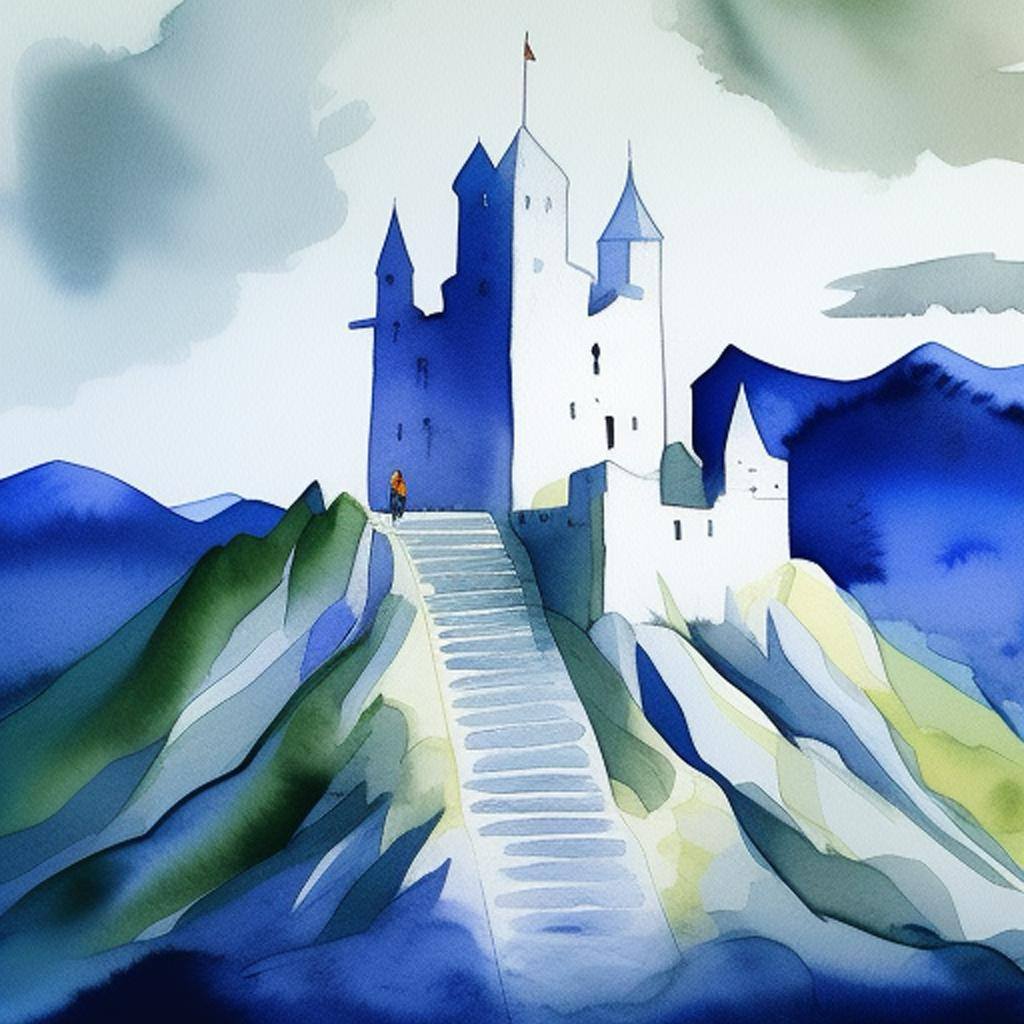
Tara The Legendary Seat of the High Kings
Nestled in the heart of the emerald isle of Ireland, the Hill of Tara, or simply Tara, is a place where myth and history intertwine to create a tapestry as rich and diverse as the island itself. Its very name resonates with echoes of ancient power and majesty, a name that has endured through the centuries as a symbol of Ireland’s mythical past and its complex, ever-evolving history. Tara stands as a testament to the enduring spirit of a nation, a place where legends were born, and where the High Kings of Ireland held court.
Our journey into the heart of Tara begins not in the distant mists of time, but in the modern world, in the year 1996. It was during this time that a group of intrepid travelers embarked on an adventure to explore the enigmatic landscape of Ireland. As they traversed the country, one particular feature of Tara’s ancient heritage caught their attention and sparked a curiosity that would lead to the unraveling of a fascinating mystery.
Tara’s Enigmatic Stone Circles
Tara’s Mystical Stones
As our group of intrepid travelers ventured across the enchanting landscapes of Ireland, the allure of Tara grew stronger with each step. Tara, known as the Hill of Tara, is a place of undeniable historical and mythological significance. Yet, amid the lush greenery and rolling hills, one particular aspect of Tara’s enigmatic charm stood out prominently: its remarkable stone circles.
These stone circles, locally referred to as “stones-circles,” were not unique to Tara alone. They were scattered across the Irish countryside, their presence a testament to a distant past when ancient peoples left their mark upon the land. However, it wasn’t the mere existence of these stone circles that piqued our curiosity; it was the peculiar uniformity of their dimensions that captured our imagination.
As we explored Tara’s lush meadows and ancient mounds, the stone circles beckoned us with their silent yet compelling message. Each of these circles shared a common trait—a diameter of precisely 6 meters. In a land known for its geographical diversity, where Ireland’s latitude meandered from 51°28′ in the south to 55°23′ in the north, this consistency raised questions that demanded answers.
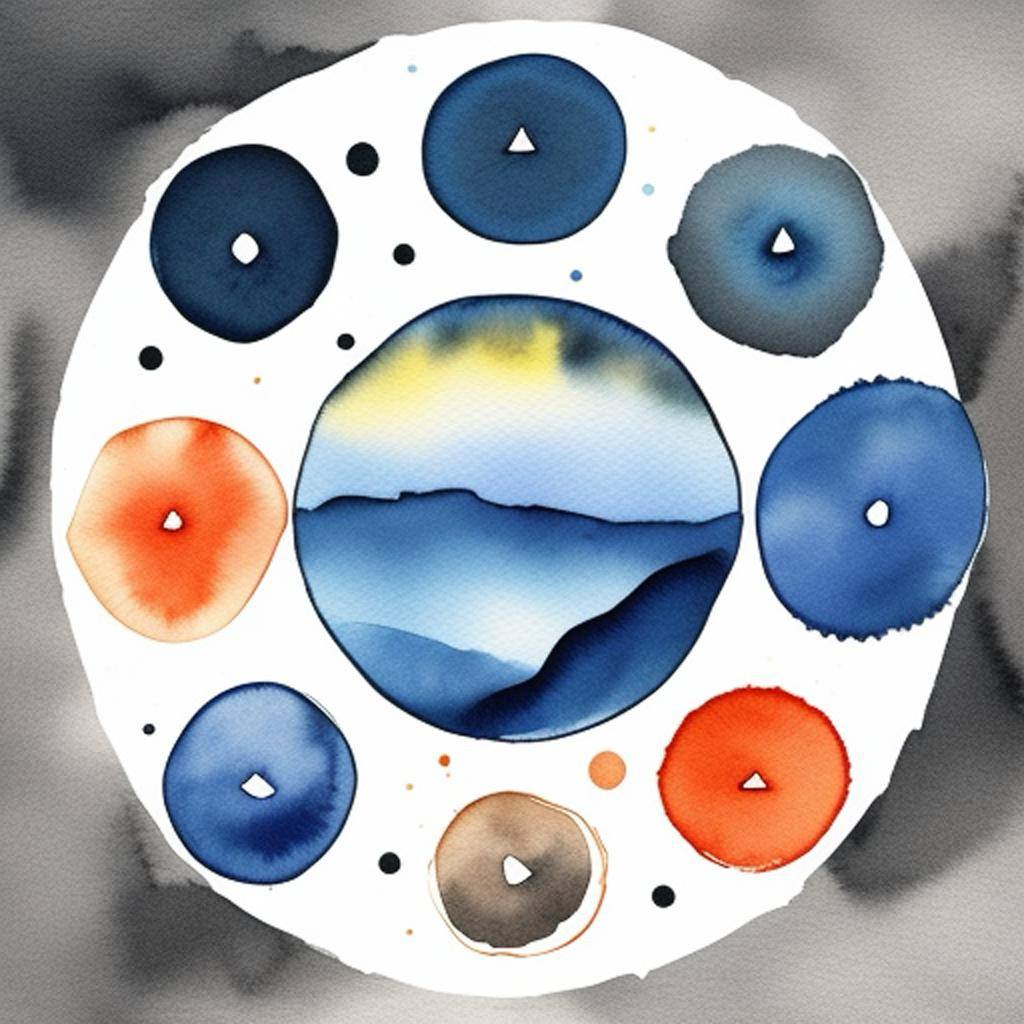
A Geographical Puzzle
Latitudinal Variations in Ireland
To understand the significance of Tara’s stone circles and their uniform dimensions, we must first appreciate the geographical diversity of the island of Ireland. Ireland’s position on the map is marked by a stunning array of landscapes, from rugged coastlines to verdant valleys, and from rolling hills to soaring cliffs. Yet, beneath this natural splendor lies a geographical complexity that mirrors the island’s rich and diverse history.
The latitude of a place on Earth is its distance north or south of the equator, measured in degrees. Ireland’s latitude, influenced by its position in the North Atlantic Ocean, is anything but uniform. As we ventured from the southern reaches of the island, where the latitude reaches 51°28′, to the northern expanse where it extends to 55°23′, it became clear that Ireland’s dimensions on the map were far from uniform.
Common sense would suggest that such variations in latitude should have a profound impact on the physical attributes of objects and structures found across the island, including the stone circles that dotted its landscape. One might reasonably assume that stone circles erected in the temperate south would differ significantly from those in the more northerly regions. Yet, the mystery of Tara’s stone circles lay in their unexpected consistency.
Intriguing questions began to emerge. Why, in a land known for its geographical diversity, did these stone circles adhere to a uniform diameter of 6 meters? Was it mere coincidence or a testament to a deeper, long-forgotten significance?
A Reverse Calculation
Unraveling the Mystery
Amid the rolling green hills and beneath the ever-changing Irish sky, our intrepid traveler refused to accept the uniformity of Tara’s stone circles as mere coincidence. Instead, the inquisitive mind chose to reverse the problem, embarking on a journey of discovery that would illuminate the enigma surrounding these ancient structures.
The question now became more nuanced: at what precise latitude in Ireland would a 6-meter solar dimension align with the stone circles? It was a reverse calculation that sought not only to explain the uniformity but also to unveil the hidden layers of Tara’s significance.
This mathematical and geographical quest led to a remarkable revelation. It turned out that, by aligning with a 6-meter solar dimension, the stone circles of Tara corresponded with a specific latitude within Ireland. It was a latitude that held a unique place in the heart of Irish history, a latitude that resonated with the ancient soul of the land.
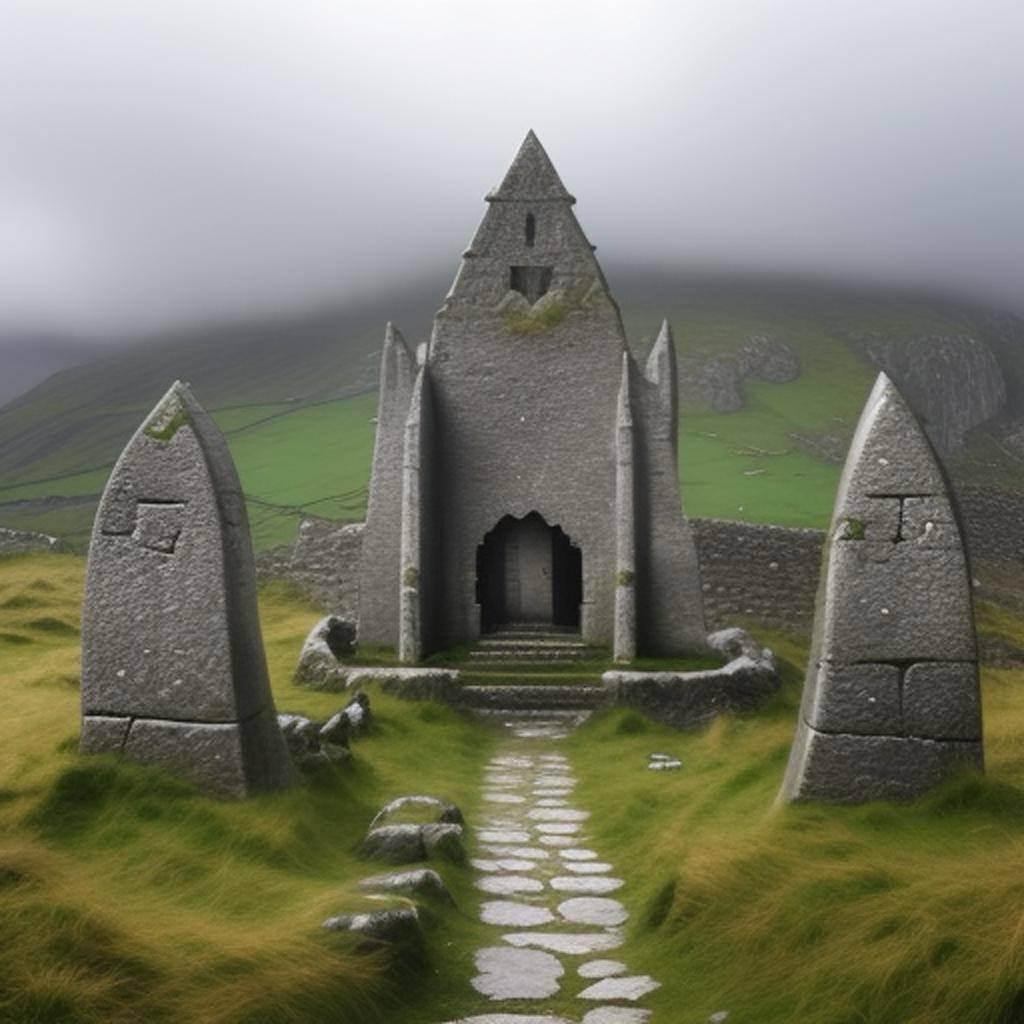
The Heart of Ireland’s Mystique
Tara’s Latitude and Significance
In the pursuit of understanding the uniform dimensions of Tara’s stone circles, our inquisitive traveler stumbled upon a revelation that unraveled the tapestry of Tara’s mystique. It wasn’t mere chance that these stone circles shared a 6-meter solar dimension; it was a calculated alignment, a celestial connection that spoke volumes about Tara’s ancient and hallowed place in Ireland’s history.
The latitude of Tara, this sacred hill that rises gently from the Irish soil, stood as the focal point of this remarkable discovery. Tara’s coordinates coincided precisely with the latitude where a 6-meter solar dimension found its earthly counterpart. This was no mere geographical happenstance; it was a carefully crafted alignment that held profound meaning for those who revered Tara as the center of Celtic and historical Ireland.
To understand the significance of this latitude, one must delve into the annals of Irish history and mythology. Tara, in its heyday, was more than just a hill; it was the epicenter of power and ceremony, the beating heart of a nation’s identity.
Unveiling the High Kings of Tara
Legends and Legacy
As the revelation of Tara’s celestial alignment unfolded, so did the legends of the High Kings of Ireland. It is here, atop this sacred hill, that the ancient Irish kings once held sway, their names etched into the annals of history and mythology.
Tara was more than a mere location; it was a symbol of authority, a place where the earthly and the divine intertwined. In the narratives of Irish mythology and folklore, it is said that Tara was the site where the mythical High Kings of Ireland were crowned, a testament to its sacred aura.
The first figure to emerge from the mists of time is Conaire Mór, a legendary High King whose story weaves through the ancient texts of “Togail Bruidne Dá Derga” and “Lebor Gabála Érenn” (The Book of Invasions). Conaire Mór embodies the blend of history and myth that Tara itself personifies, a figure whose rule marked the beginnings of a storied lineage of High Kings.
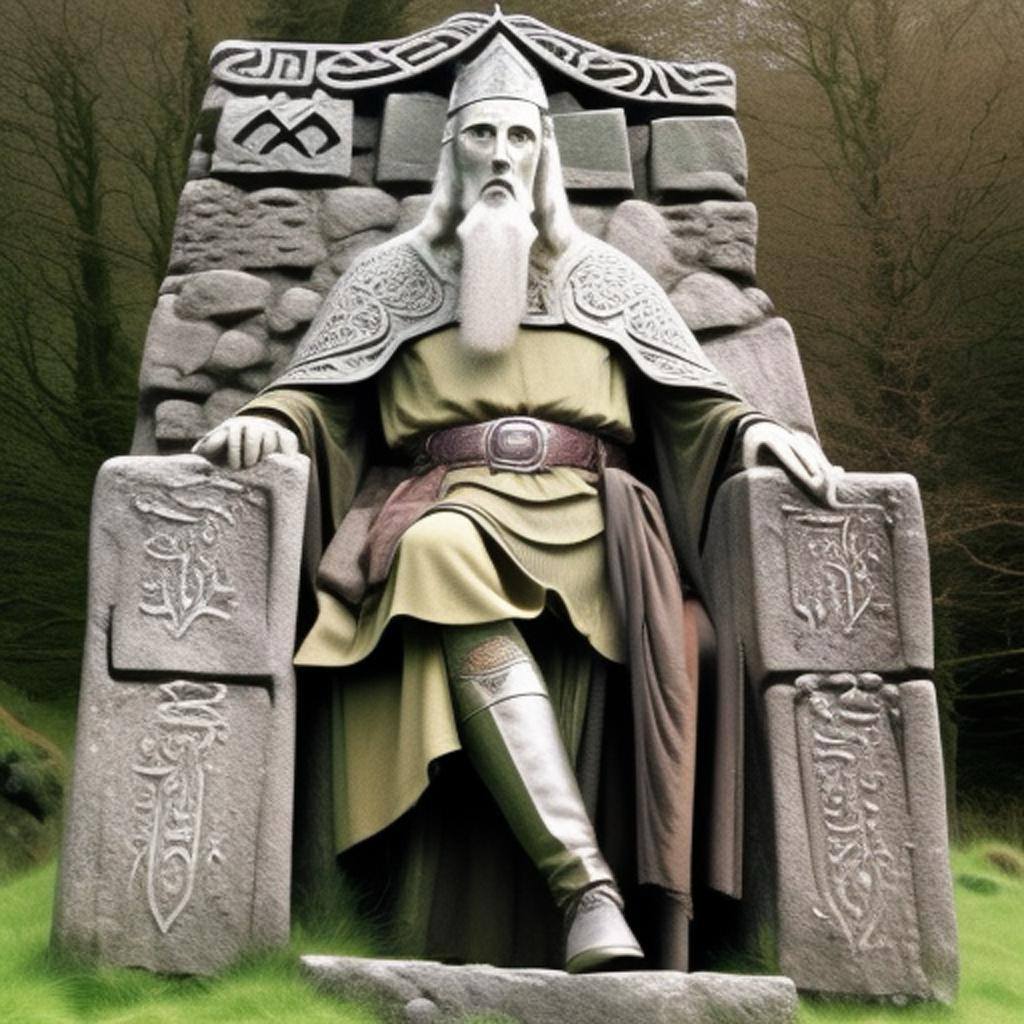
The Mythical High Kings
Connaire Mór: A Legendary Beginning
Within the annals of Irish history and myth, Tara holds a special place as the epicenter of power, where kings were not only crowned but where legends were born. Among the earliest of these legendary High Kings stands Conaire Mór, whose tales are etched in the ancient texts of Ireland.
Conaire Mór’s story unfolds as a blend of history and myth, a narrative that transcends the boundaries of time. The texts of “Togail Bruidne Dá Derga” and “Lebor Gabála Érenn” (The Book of Invasions) tell of his rise to power, his rule, and his ultimate fate. It is a tale that captures the essence of Tara itself—mystical, legendary, and enduring.
But Conaire Mór was only the beginning of Tara’s saga, for Tara’s legacy extended to other mythical High Kings, each adding their own chapter to the story. Among these figures, Conn Cétchathach, known as Conn of the Hundred Battles, stands out prominently.
Conn Cétchathach’s rule was marked by his military prowess. His very name, “of the Hundred Battles,” reflects a time when Tara’s High Kings held dominion not only through diplomacy but also on the battlefield. Conn’s era represents a pivotal moment in the ever-evolving story of Tara and its High Kings, a time when Ireland was a land of warring kingdoms and shifting allegiances.
Niall of the Nine Hostages
Niall Noígíallach: A Powerful Figure in Irish History
As we journey through the annals of Tara’s history, we encounter figures who blend history and legend, creating a tapestry of Irish identity. Among these figures, Niall Noígíallach, or Niall of the Nine Hostages, stands as a formidable presence in the historical narrative of Ireland.
Niall Noígíallach is believed to have lived in the 4th or 5th century CE, transitioning from the realm of myth into the realm of recorded history. His reign was marked by a powerful and ambitious rule, during which he left a lasting impact on the island.
The epithet “Noígíallach,” which translates to “of the Nine Hostages,” hints at Niall’s influence and authority. He is said to have conducted raids far beyond Ireland’s shores, bringing back hostages from various neighboring kingdoms. This not only emphasized his military prowess but also underscored the complex political dynamics of ancient Ireland.
Niall’s story is a testament to Tara’s significance as a center of power and influence. It was a place where ambitious rulers like Niall could forge their legacies and leave an indelible mark on the land’s history.
Cormac mac Airt and the Wisdom of Tara
Cormac mac Airt: A Wise Ruler
As our journey through Tara’s history continues, we come across the name of Cormac mac Airt, a legendary High King whose reign was marked not only by his leadership but also by his profound contributions to early Irish law and wisdom.
Cormac mac Airt, a figure of both history and myth, emerges as a ruler whose legacy transcends the boundaries of his era. He is celebrated not only for his political acumen but also for his deep wisdom, which was said to rival the most learned of scholars.
At Tara, Cormac held court as a patron of learning and culture. He fostered an environment where poets, scholars, and philosophers could flourish, thus solidifying Tara’s reputation as a center of intellectual and artistic excellence. His reign is often considered a golden age, a time when Ireland’s intellectual and cultural vibrancy shone brightly.
But Cormac’s contributions extended beyond his patronage of the arts. He played a pivotal role in the development of early Irish law, codifying the Brehon Laws and ensuring justice for his subjects. His wisdom, as reflected in his famous “Cormac’s Glossary,” serves as a testament to the enduring legacy of Tara as a place of enlightenment and governance.
In the annals of Tara’s history, Cormac mac Airt stands as a beacon of wisdom and leadership, embodying the spirit of an age when the Hill of Tara was not merely a hill but the very soul of Ireland’s intellectual and political life.
Featured video
Brian Boru and the Battle of Clontarf
Brian Boru: A Unifier and a Hero
In the annals of Irish history, few names resonate as profoundly as that of Brian Boru. He lived in the 10th and 11th centuries and is widely regarded as one of the most renowned and celebrated High Kings of Tara, leaving an indelible mark on the island’s history.
Brian Boru’s reign was a pivotal moment in the saga of Tara, a time when the High Kingship reached its zenith. Born into a land of warring factions and shifting allegiances, Brian embarked on a remarkable journey to unify Ireland under his rule.
One of the defining moments of Brian’s reign was the epic Battle of Clontarf, fought in 1014. This battle would not only determine the fate of Brian Boru and his legacy but would also have far-reaching implications for the future of Ireland.
The Battle of Clontarf, fought against the forces of the Viking King of Dublin and various Irish clans, was a testament to Brian’s military prowess and his unwavering commitment to forging a united Ireland. Although Brian Boru emerged victorious in the battle, it came at a great cost, as he lost his life in the midst of the conflict.
Brian Boru’s legacy endures as a symbol of unity and heroism. He is often celebrated for his role in securing Ireland’s independence and for his efforts to bring stability to a land marked by centuries of strife. Tara, as the epicenter of power and ceremony, was the stage upon which Brian’s vision for a unified Ireland was realized, a vision that continues to inspire generations.
In the heart of Tara, the memory of Brian Boru and the echoes of the Battle of Clontarf resonate, serving as a testament to a time when Tara stood at the pinnacle of its historical significance.

The Evolving Concept of High Kingship
A Shifting Legacy
As we navigate the intricate tapestry of Tara’s history, it becomes clear that the concept of the High Kingship was not static but evolved over time, reflecting the ever-changing political, social, and cultural landscape of Ireland.
Tara’s significance as the seat of High Kingship was marked by periods of unity and fragmentation. The early High Kings, often steeped in myth and legend, ruled over a land of tribal kingdoms and shifting allegiances. While Tara symbolized a central authority, the extent of that authority was often challenged by regional kings and lords.
As Ireland transitioned through different eras, so too did the role of the High King. The arrival of Christianity brought about new layers of complexity, with ecclesiastical powers emerging alongside the secular authority of the High Kings. This interplay between the spiritual and the temporal was exemplified by figures like High King Cormac mac Airt, who sought to harmonize traditional customs with Christian values.
The Viking Age introduced external pressures as Norse invaders established their own settlements and power centers, challenging the traditional Irish order. The Battle of Clontarf, led by Brian Boru, exemplified a united front against external threats, but it also underscored the shifting dynamics of power and allegiance.
In the later medieval period, Tara’s role as the seat of High Kingship diminished, and regional kings held sway over their respective territories. While the concept of a High King remained a symbolic ideal, the practicalities of governance were often decentralized.
Tara, however, endured as a symbol of Irish identity and heritage. It became a place of pilgrimage and cultural significance, a testament to the enduring legacy of the High Kings and the rich history of the land.
The concept of the High King continues to resonate in Irish culture and folklore, a reminder of a time when Tara stood as the epicenter of authority and mythology, even as Ireland’s p’olitical landscape continued to evolve.
Featured video
Tara Today: A Cultural Treasure
Tara’s Enduring Legacy
Today, Tara stands as a living testament to Ireland’s rich history and cultural heritage. Its significance extends beyond the pages of history textbooks; it is a place where the past continues to breathe, where the echoes of the High Kings and the mystique of ancient Ireland reverberate through time.
Visitors from all corners of the globe are drawn to Tara’s verdant slopes and ancient mounds. They come not merely as tourists but as pilgrims, seeking to connect with a past that is both distant and intimately intertwined with Ireland’s present identity.
Tara’s archaeological treasures continue to captivate imaginations. The stone circles that once puzzled our group of travelers in 1996 are but a glimpse of the ancient wonders that lie beneath the soil. Burial mounds, ceremonial enclosures, and remnants of long-forgotten structures bear witness to a civilization that thrived upon Tara’s hallowed ground.
Panoramic views from Tara’s summit offer not only breathtaking vistas of Ireland’s countryside but also a perspective on the enduring legacy of this site. The landscape, once shaped by the ambitions of High Kings, now serves as a canvas for artists and poets, each seeking to capture the timeless essence of Tara.
Tara’s cultural significance endures through its festivals, gatherings, and ceremonies. It remains a place of reverence, where modern Ireland pays homage to its roots. The ancient traditions of Tara blend seamlessly with the contemporary, creating a vibrant tapestry that bridges the past and the present.
Tara’s enduring legacy is a testament to the enduring spirit of a nation. It is a reminder that while empires rise and fall, while the pages of history turn, certain places retain their significance as guardians of a nation’s identity. Tara stands as one such guardian, a cultural treasure that continues to inspire, educate, and captivate all who venture to its storied hill.
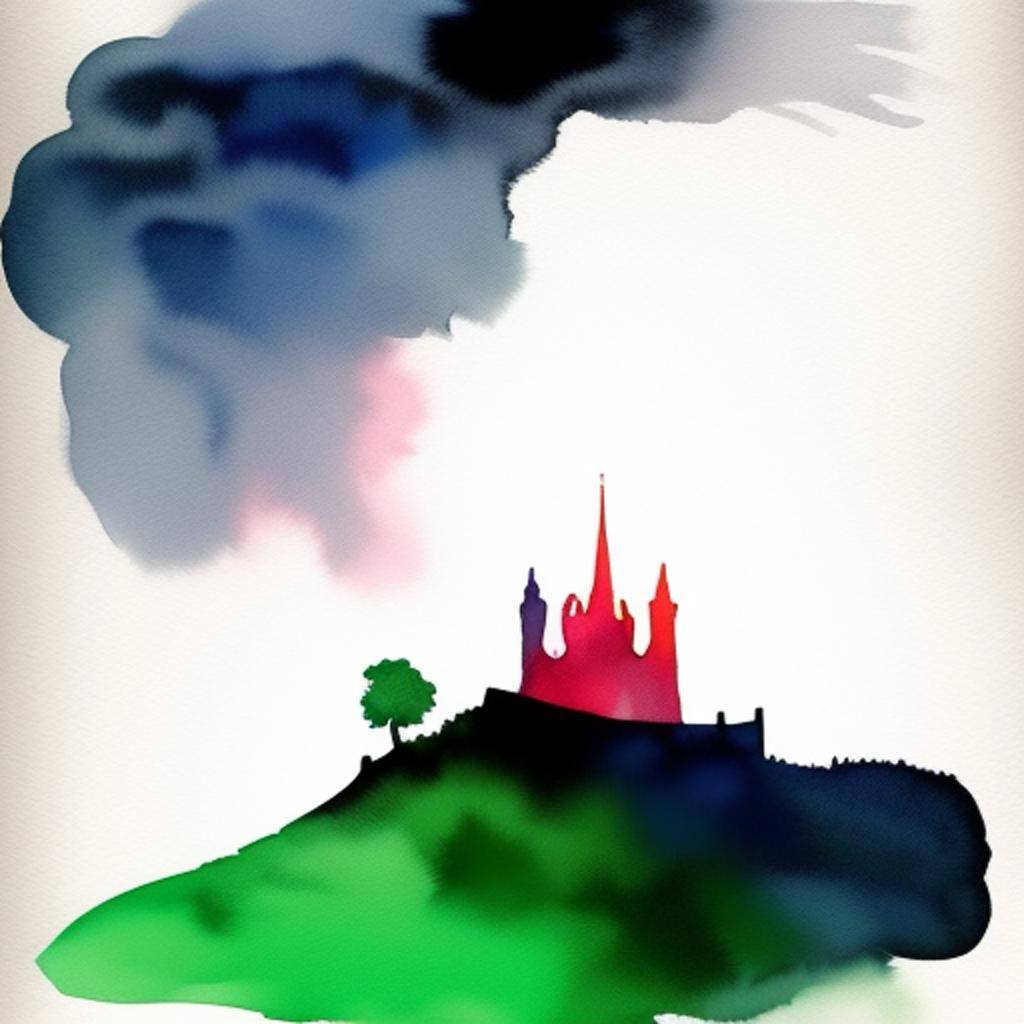
Conclusion
In the heart of Ireland, atop the gentle rise of the Hill of Tara, we find a place where the threads of history, mythology, and the mysteries of the natural world converge. Tara is not merely a location; it is a living testament to the enduring spirit of a nation, a place where the past continues to echo through the ages.
Our journey began with a simple question: why did Tara’s stone circles bear a uniform diameter of 6 meters in a land marked by geographical diversity? As we unraveled this enigma, we uncovered layers of history and myth, each layer revealing a facet of Tara’s significance.
The answer, we discovered, lay in Tara’s celestial alignment, where a 6-meter solar dimension corresponded with a latitude that held a unique place in Irish history. It was here, in this sacred spot, that the ancient High Kings of Ireland held court, where legends like Conaire Mór, Conn Cétchathach, Niall of the Nine Hostages, Cormac mac Airt, and Brian Boru walked the hallowed ground.
Tara was not just a hill; it was a center of power, ceremony, and culture. It was a place where wisdom was nurtured, where laws were codified, and where unity was forged. It stood as a symbol of Irish identity and heritage, even as the concept of the High King evolved with the shifting tides of history.
Today, Tara remains a cultural treasure, a place where the past is not consigned to history books but is woven into the fabric of modern Ireland. It is a place of pilgrimage, where visitors seek to connect with the echoes of a distant past and the enduring spirit of a nation.
As our journey through Tara’s history comes to a close, we are reminded that some places transcend time and space. Tara is one such place, where the ancient and the contemporary coexist, where the mysteries of the past continue to captivate, and where the High Kings and their legacy live on in the enduring story of Ireland.
